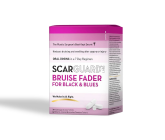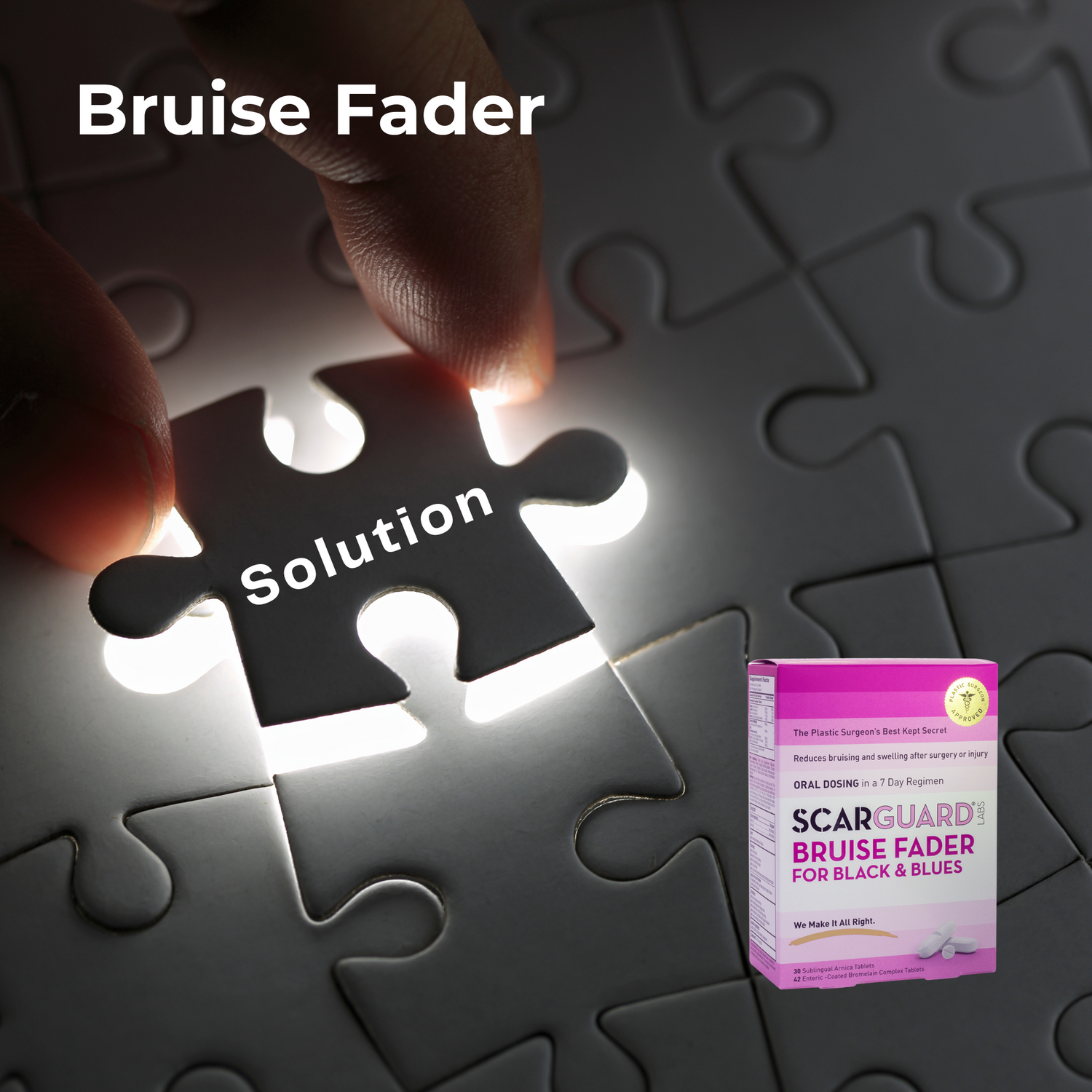Q: How can I remove PREVASCAR?
A: PREVASCAR can be removed by touching a piece of scotch tape over the film and gently lifting. It will usually lift off very easily using this method.
If it does not come off easily, do not pull. Simply apply the next layers on top. As the layers thicken, they will begin to lift off easily. Do not apply to hair bearing areas such as scalp & brow.
Q: Once I open the PREVASCAR bottle how should I store it?
A: PREVASCAR should be stored properly at 15 to 30 degrees Celsius (58-86 degrees Fahrenheit). Make sure the bottle is tightly closed or the product will evaporate (use the cap with the brush on it for storing the product).
Q: How do I apply PREVASCAR?
A: Apply it twice daily, as directed on the package. Apply to clean, dry skin.
It can be applied over an existing layer that is already on the skin.
Q:How long should I use PREVASCAR?
A: Physicians typically have their patients use PREVASCAR for 3 to 6 months.
Q: Can I start using PREVASCAR right after surgery?
A: PREVASCAR should not be used on open wounds caused by surgery or an injury. Wait until the skin is closed (usually 1-2 weeks), then apply it twice daily.
Q: Can PREVASCAR be applied over stitches?
A: No, PREVASCAR should not be used over stitches. Wait until the stitches are removed and the skin is fully healed over before applying PREVASCAR.
Q: Can I shower/bath with PREVASCAR?
A: Yes, PREVASCAR is waterproof.
Q: What if PREVASCAR isn’t sticking to the skin well?
A: PREVASCAR usually adheres to the skin very well, however it is important to make sure the soap you are using doesn’t contain moisturizers and do not use any lotions, oil or creams on your skin before applying PREVASCAR. If the area is extremely oily, clean it with an alcohol pad before applying PREVASCAR.
Q: Can I use Sunscreen with PREVASCAR?
A: Yes, apply PREVASCAR to the area first, allow it to dry, then apply Solarguard Sunscreen over it.
Q: Can I use PREVASCAR on an old scar?
A: Yes, PREVASCAR works on old raised scars and new scars.
Q: Can I use PREVASCAR on brown scars?
A: For scars that are brown we recommend using Lightening Serum.
Q: Can I use PREVASCAR on acne scars?
A: PREVASCAR is formulated specifically to treat raised scars. Do a test area on raised acne scars- some respond well, others do not.











